Beltway Horror: The WSJ In The Grips Of Range Anxiety

This could be the week that separates the electric hype from the electric truth. Real EVs get in the hands of real drivers for real reviews. Our Dan Wallach drove the Tesla Roadster. Our very own Ed Niedermeyer wrote his “GM’s electric lemon” review of the Chevy Volt for the New York Times. (He didn’t really drive the thing, but the article really drove some to drink, up the wall, nuts – their choice, it’s a free country.) And Joseph B. White of the Wall Street Journal laid his hands on a real Mitsubishi i-MiEV, for a real life test drive under the grueling conditions found within the Washington Beltway.
Japan’s Nikkei [sub] thought that article so remarkable, that they immediately put it on their wire. That article will be making the rounds.
White being a good journalist, the headline says it all: “Trying To Unplug And Drive.”
Trying. In case some readers don’t grasp the fine irony of someone who dates himself as part of the Windows 95 generation, the subhead lays it on a bit thicker: “Getting the Feel for an Electric Car May Include a Flicker of ‘Range Anxiety’.” Now we’re walking.
Of course there must be the requisite remarks that the i-MiEV is „powered by lithium-ion batteries, which in turn are recharged by the electric grid. The electric grid, of course, relies on a variety of fossil fuels, mainly coal and natural gas.“
Having said that, our intrepid reporter braves the environs of shopping mall city inside of the Washington Beltway. He was warned that “in Japanese city driving, Mitsubishi says the car can travel 80 to 100 miles on one charge. But a Mitsubishi spokesman in the U.S. says on higher-speed American roads, the cars tend to get 40 to 75 miles per charge.” How far will he get when visiting the historic Tyson’s Corner Mall?
First, a problem presented itself: “The MiEV I drove was a Japanese model, which meant the steering wheel was on the right. The gauges – including the display that told me how many miles I had left before the battery charge ran out – presented data in kilometers (a useful way to dust off those multiplication skills).” There wasn’t much to multiply.
The temperature outside was zooming toward the high 90s, so I turned on the MiEV’s air conditioning. The car cooled off quickly, but the range meter took an alarming dive. I was barely out of the driveway, and I had lost six or more miles in range.
Mr. White quickly found another baffling item:
The one thing that is unusual is the effect of the system that harvests braking energy to recharge the batteries – regenerative braking. The car could just coast freely when you eased off the throttle. But that would waste the energy it took to propel you to speed. So the MiEV uses the drive system as a power generator when the car is braking or decelerating. The MiEV takes an aggressive approach to this. Lift your foot off the power pedal and the car slows down abruptly. Even going down a steep hill, it’s not possible to just coast without annoying motorists behind you.
Fair and balanced, White notes one good aspect: “The MiEV is a more practical vehicle than the electric car that’s been getting a lot of buzz lately, the Tesla roadster. The Mitsubishi is designed for maximum space efficiency and flexibility, as are many other Japanese city cars such as the Honda Fit. I was able to get two adult bicycles in the back of the MiEV thanks to the fold-flat rear seats and the high roof line.” The room for the bicycles is there for a reason.
After “making two round trips from D.C. to Arlington, Va.” (for those not familiar with the area: you cross a bridge and you are done) “the combination of driving and maximum air conditioning use had put it somewhere in the mid-20-kilometers range.” Time for a recharge. White finds a “standard wall plug near the driveway at our apartment.” No high voltage pod.
The next morning, “the MiEV wasn’t dead, but it hadn’t recharged either. The plug I tapped into didn’t work.” Mr. White better call an electrician. Or have his wife check the fuse box and the GFI. Or just don’t trust any old wall-plug in the driveway. For whatever reason, the i-MiEV greeted the morning uncharged.
Undeterred, White and wife “set out anyway for a bike trail in Rock Creek Park, about 3 miles away.” A harrowing scene, right out of the Exorcist, a movie that had been shot in the neighborhood. (Actually, that ivy-covered house was that of my former in-laws. I should have heeded the warning.) White also should have been more careful:
But once again, it became apparent that I was burning off range faster than I was covering ground. The round trip was well less than 20 kilometers. But on our way back, the dash display began flashing a big E at me, accompanied by an icon showing a plug.
This was my first real-world experience with “range anxiety,” the term automakers have coined for the discomfort that strikes early electric vehicle owners who misjudge how far they can drive between charge-ups and fear getting stranded. We made it home without incident – also without air conditioning. I can attest that range anxiety is quite real, especially if you are the kind of person who can’t remember to recharge personal digital appliances far less mission-critical than a car. My oil-free weekend was over. We jumped in the gasoline-fueled Saturn and drove 150 miles round trip on a quest to find a perfect wedding gift. Why? Because we could.
Back in a generous mood, White thinks it might all be his own fault: “I may just not be ready to live the life electric.” Especially not with a dead wall socket in the driveway.
Maybe Mr. White isn’t Windows 95 generation after all. XP or Vista maybe. A veteran of the Windows 95 times wouldn’t have wasted the chance to subtitle the article “Plug and pray.”
(While I’m at it, I need to get something off my chest. Mitsubishi better find a new name before selling the car in Germany, Austria, Switzerland, certain parts of Pennsylvania, Argentina and Uruguay. “Mief” translates to “stink” in German – and you know about our predicament with f, v, and w. That iMiEV could be mistaken as “I smell.” Or worse.)

Bertel Schmitt comes back to journalism after taking a 35 year break in advertising and marketing. He ran and owned advertising agencies in Duesseldorf, Germany, and New York City. Volkswagen A.G. was Bertel's most important corporate account. Schmitt's advertising and marketing career touched many corners of the industry with a special focus on automotive products and services. Since 2004, he lives in Japan and China with his wife <a href="http://www.tomokoandbertel.com"> Tomoko </a>. Bertel Schmitt is a founding board member of the <a href="http://www.offshoresuperseries.com"> Offshore Super Series </a>, an American offshore powerboat racing organization. He is co-owner of the racing team Typhoon.
More by Bertel Schmitt
Latest Car Reviews
Read moreLatest Product Reviews
Read moreRecent Comments
- SCE to AUX Norway is in Europe, and Tesla is an American automaker - no problems there.I wouldn't use Ford as the bellwether.https://www.reuters.com/business/autos-transportation/tesla-extends-lead-norway-evs-take-record-82-market-share-2024-01-02/https://elbil.no/english/norwegian-ev-policy/
- Steve Biro If the U.S. government wants to talk about banning all connected cars - or at least the collection and sharing of information from said vehicles - I’m all ears. Otherwise, don’t waste my time.
- Ajla Both parties are in favor of banning Chinese vehicles so I don't see how it won't happen in the next year.
- Add Lightness I don't waste a lot of time watching nothing much happening by watching the YouTube 6 minute highlights.
- MrIcky from my rental fleet experience, id rather drive one of these than a camry.



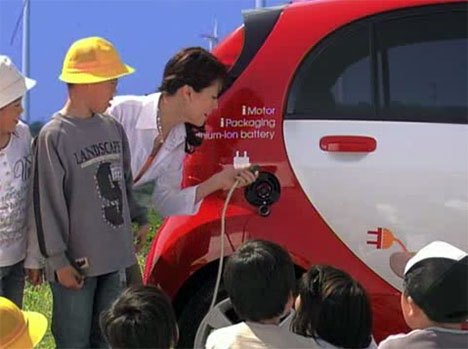















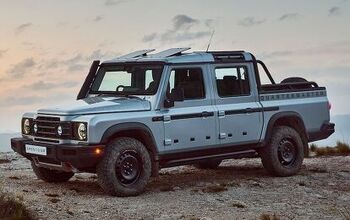
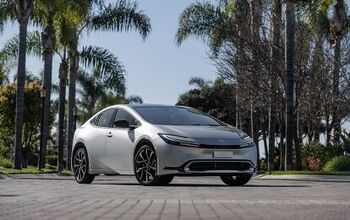
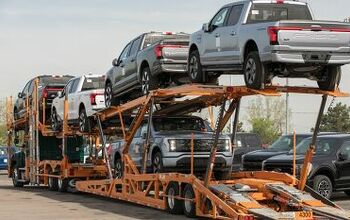
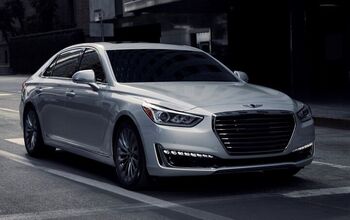
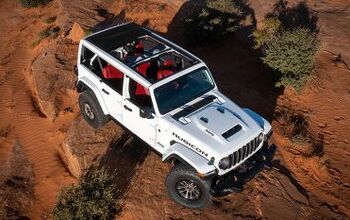
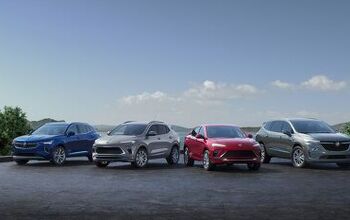
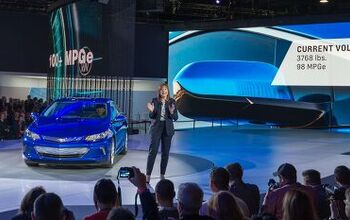

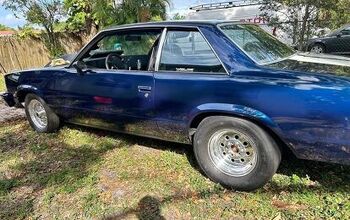
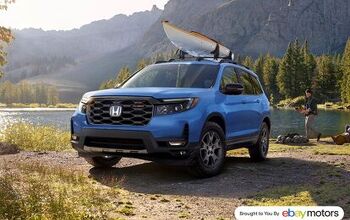
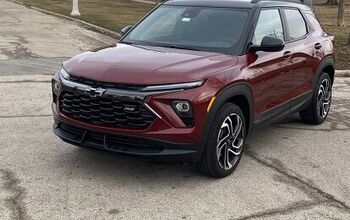

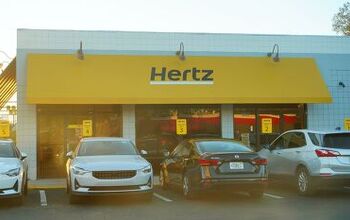
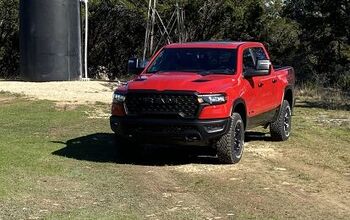
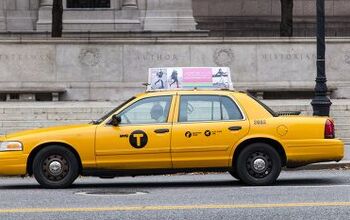
Comments
Join the conversation
Has anyone thought about range anxiety and renting a gas powered car for special trips? There are "0-car family" people, normal people, who actually exist, getting around town by metro, bus, taxi, bicycle, and walking (!). For big trips people like this might rent a car to travel out of town for a long weekend, for example. I can confirm that such freaks do exist (not me though) and their outward appearance is similar to everyone else (except possibly a lesser incidence of obesity) :) Something I think we all would agree on- I believe there is some connection in North America between very low oil prices in the 1990s and the current sidewalk-less, bus-less sprawling suburbs, with SUVs in the driveway, driven on long commutes by single occupants (yes, stereotyping). What about people who are in between both of those extremes? Families who live a moderate distance from most of their day-to-day needs and wants and don't have to contend with unpredictable D.C./LA/Atlanta traffic. These golf carts on steroids (with a stereo and nice seats) might work for some of them. Food for thought folks.